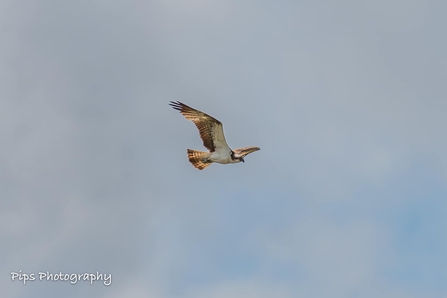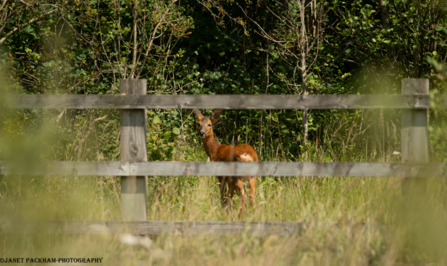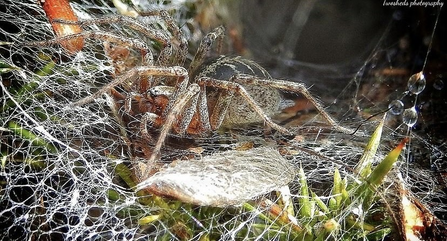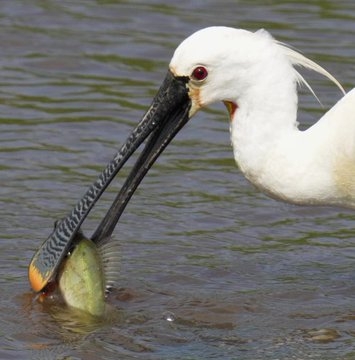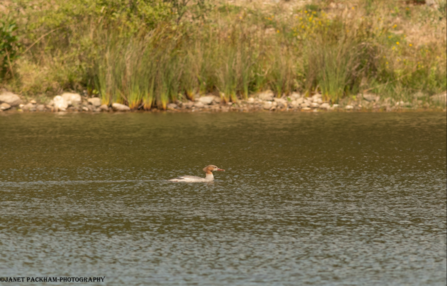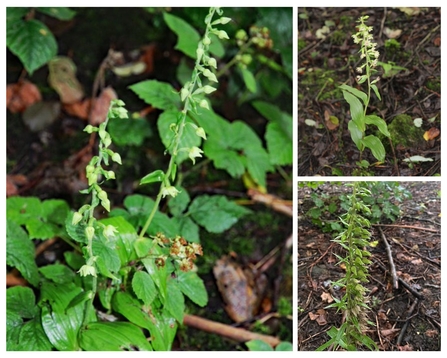Despite the much gloomier weather this month compared to June, we’ve still had some great wildlife spots across our reserves, such as roe deer, who are now in rutting season until the middle of August!
We’ve also had some incredible flora and fauna spots, some of which have less than 3,000 recorded sightings in the UK, which shows just how important the work we do on our reserves is.
Here is a small selection of the sightings recorded this month!
Osprey – Brockholes
Some of our visitors were lucky enough to spot a majestic osprey soaring high overhead at Brockholes! It’s a great time of year to see them - grab your binoculars and head down to the reserve for a chance to witness these incredible birds as they migrate to Africa over the coming months. They can cover as much as 430km in a single day!


